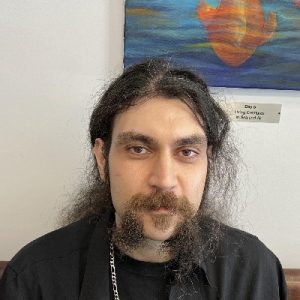Toward a general unsupervised novelty detection framework in structural health monitoring
Mohammad Hesam Soleimani-Babakamali, Reza Sepasdar
Abstract
This study proposes an unsupervised, online structural health monitoring framework robust to the sensor configuration, that is, the number and placement of sensors. The proposed methodology leverages generative adversarial networks (GANs). The GAN's discriminator network is the novelty detector, while its generator provides additional data to tune the detection threshold. GAN models are trained with the fast Fourier transform of structural accelerations as input, avoiding the need for any structure-specific feature extraction. Dense, convolutional (convolutional neural network), and long short-term memory (LSTM) units are evaluated as discriminators under different GAN training loss patterns, that is, the differences between discriminator and generator training losses. Results show that the LSTM-based discriminators and the suggested threshold tuning technique to be robust even in loss patterns with overfitted discriminators, a probable outcome of limited training sets. The framework is evaluated on two benchmark datasets. With only 100 s of training data, it achieved 95% novelty detection accuracy, distinguishing between different damage classes and identifying their resurgence under varying sensor configurations. Finally, the majority-vote-ensemble of discriminator-generator pairs at different training epochs is introduced to reduce false alarms, improve novelty detection accuracy and stability.
People
Publication Details
- Date of publication:
- July 15, 2022
- Journal:
- Computer-Aided Civil and Infrastructure Engineering
- Page number(s):
- 1128-1145
- Volume:
- 37
- Issue Number:
- 9
- Publication note:
Mohammad Hesam Soleimani-Babakamali, Reza Sepasdar, Kourosh Nasrollahzadeh, Ismini Lourentzou, Rodrigo Sarlo: Toward a general unsupervised novelty detection framework in structural health monitoring. Comput. Aided Civ. Infrastructure Eng. 37(9): 1128-1145 (2022)

